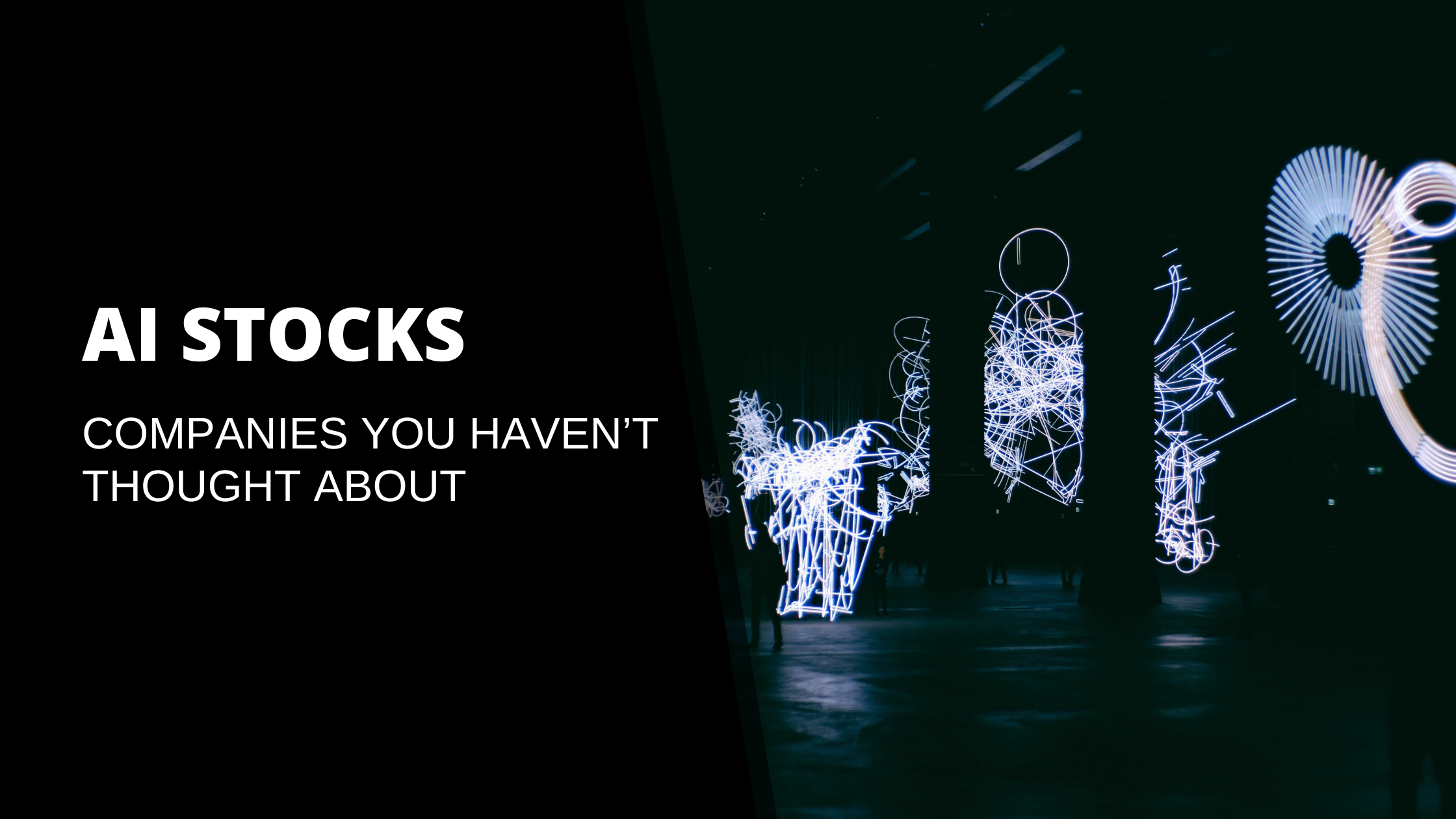Everyone’s talking about OpenAI, Google, and Microsoft when it comes to AI. But here’s the thing – while you’re watching the headlines, there are quietly profitable companies making bank behind the scenes. Think of it like the California Gold Rush: everyone focused on the miners, but the real winners? The guys selling shovels.
The Infrastructure Players: Building AI’s Foundation
Data Centers Are the New Real Estate
Remember when people said “location, location, location” about real estate? Well, now it’s “compute, compute, compute” for AI. Companies like Digital Realty Trust and Equinix own the warehouses where AI magic happens.
Here’s a real example: When ChatGPT went viral, Microsoft had to scramble for more server space. Guess who benefits? The companies that own those massive facilities humming 24/7 with AI workloads.
Investment angle: These REITs pay dividends while AI demand explodes. It’s like owning the toll roads everyone must use.
The Semiconductor Supply Chain
Sure, NVIDIA gets all the attention, but what about the companies that make NVIDIA possible?
- ASML: Makes the machines that make the chips. Literally irreplaceable.
- Taiwan Semiconductor: Actually manufactures most AI chips
- Applied Materials: Provides the equipment for chip production
Think of it this way: If NVIDIA is the celebrity chef, these companies grow the ingredients, make the ovens, and run the restaurants.
The Energy and Cooling Game
Power Companies Hit the Jackpot
AI training uses absurd amounts of electricity. A single ChatGPT query uses 10x more power than a Google search.
Constellation Energy and Vistra Corp are already signing massive contracts with tech giants. One AI data center can use as much power as a small city.
Real example: Microsoft recently signed a 20-year nuclear power deal just for AI operations. That’s not a trend – that’s a fundamental shift.
Cooling Solutions: The Unsung Heroes
All those GPUs generate heat. Serious heat. Companies like Vertiv make the cooling systems that prevent AI data centers from literally melting down.
Actionable insight: Look for companies in industrial cooling, liquid cooling systems, and energy-efficient HVAC. AI can’t exist without them.
The Data and Storage Revolution
Cloud Storage Providers
AI models need massive datasets stored somewhere. NetApp, Pure Storage, and Snowflake are becoming the filing cabinets of the AI world.
Simple math: More AI = more data = more storage needed. It’s that straightforward.
Data Brokers and Aggregators
Here’s what most people miss: AI is only as good as its training data. Companies that own clean, structured datasets are sitting on gold mines.
- Thomson Reuters: Legal and financial data
- Wolters Kluwer: Healthcare and compliance data
- S&P Global: Market and credit data
Think about it: Would you rather own the AI that reads financial data, or the company that owns all the financial data every AI needs to read?
The Talent and Consulting Ecosystem
Specialized Staffing Firms
Every company wants AI talent, but there aren’t enough AI engineers to go around. Robert Half Technology and Kforce are placing AI specialists at premium rates.
Market reality: Average AI engineer salary jumped 40% last year. Staffing companies take 20-30% cuts on these placements.
Implementation Consultants
Building AI is one thing. Actually using it in business? That’s where consulting firms clean up.
Accenture and Deloitte are charging premium rates to help Fortune 500 companies figure out their AI strategies. They’re the translators between tech and business.
The Security and Compliance Players
Cybersecurity for AI
AI creates new attack surfaces. CrowdStrike, Palo Alto Networks, and Zscaler are developing AI-specific security solutions.
Real scenario: An AI model gets poisoned with bad training data. Who fixes that? Security companies specializing in AI threats.
Compliance and Governance
As AI regulations emerge, companies need help staying compliant. ServiceNow and Palantir are building AI governance platforms.
Regulatory trend: EU’s AI Act is just the beginning. Every industry will need compliance tools.
How to Spot Future Hidden Winners
Look for These Patterns:
- Essential but boring: Unglamorous companies AI can’t function without
- Regulatory moats: High barriers to entry due to compliance requirements
- Network effects: Companies that get stronger as more people use AI
- Pick-and-shovel plays: Infrastructure providers rather than direct competitors
Red Flags to Avoid:
- Companies just slapping “AI” on existing products
- Pure-play AI companies with no competitive moats
- Businesses that AI might completely replace
Your Action Plan
For Investors:
- Diversify beyond big tech: Hidden winners often have better valuations
- Focus on essentials: Power, cooling, storage, talent
- Think long-term: Infrastructure plays compound over decades
For Business Leaders:
- Map your AI supply chain: Identify which hidden winners you depend on
- Build partnerships early: Before everyone else figures it out
- Consider vertical integration: Maybe you should own some of these pieces
For Career Planning:
- Target bridge roles: Positions connecting AI to traditional industries
- Develop domain expertise: Combine AI knowledge with industry-specific skills
- Focus on implementation: Everyone builds AI; few deploy it successfully
The Bottom Line
While everyone’s watching the AI arms race between tech giants, smart money is quietly flowing to the companies that make AI possible. These hidden winners often have:
- More predictable revenue streams
- Higher profit margins
- Less competition
- Stronger competitive moats
Final thought: In every technological revolution, the biggest winners aren’t always the most obvious ones. The companies solving AI’s unglamorous problems – power, cooling, storage, talent, compliance – might just outperform the headline grabbers.
The AI gold rush is real. But maybe it’s time to start looking at who’s really selling the shovels.
